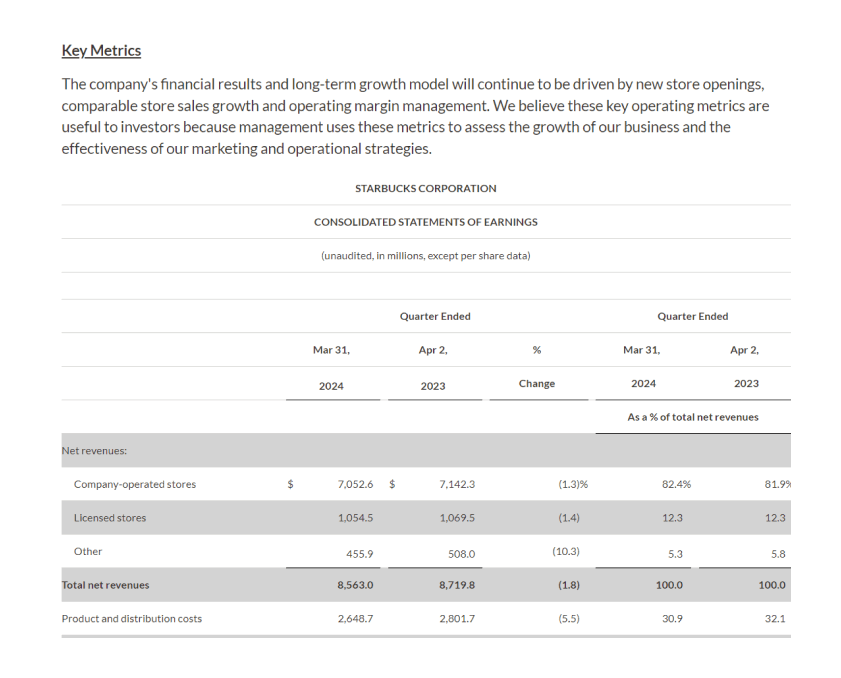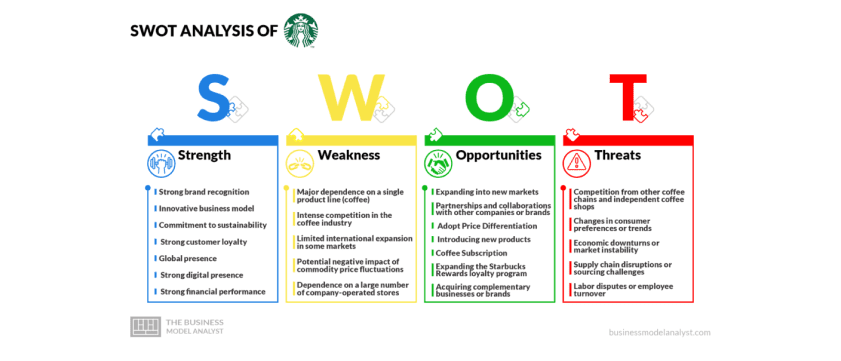Remember Sears?
The company became a household name in the US, opening hundreds of retail stores nationwide.
It released its first IPO In 1906. The IPO led by Goldman Sachs raised substantial capital for Sears and Roebuck and Co., totaling US$40 million.
But then, the company went through a brutal downfall.
What went wrong?
There were many significant reasons listed. Lack of innovation, unclear value propositions, and losing their edge—among others.
But the key reason was an unrefined business strategy!
They had no plan for how to bounce back into the market or how to compete with other growing brands like Walmart and Amazon. In other words, no strategy, company vision, or mission. They lost the battle!
But that doesn’t need to be your story.
In this article, we’ll cover what strategic planning is, followed by the 5 key elements of strategic planning.
What is strategic planning?
Strategic planning is when an organization decides its goals and how to successfully achieve them. It involves setting long-term strategic objectives and identifying the actions and resources necessary to achieve those goals. Additionally, it includes implementing and monitoring the plan to ensure successful outcomes.
In short, it’s like a detailed roadmap, guiding the journey of your business toward its destination (growth).
5 essential elements of a strategic plan
The business roadmap has different components to ensure smooth navigation, and so does your strategic plan.
Before beginning the journey you need to know the destination, so the first element is all about your end goal.
Element 1: Company vision statement
To conduct business effectively for years to come, you need a solid foundation for your plan. This requires a clear company vision statement.
It’s as simple as answering this question: Where and how do you see your business forward in years?
Start by envisioning what you want your business to be in the future. Consider every crucial aspect that affects your growth such as market position, evolution of your target audience, and your value proposition.
At last, pen down your aspirations very clearly, just as Starbucks did.
Starbucks’s vision statement is – “To establish Starbucks as the premier purveyor of the finest coffee in the world while maintaining our uncompromising principles as we grow.”
This is a great example of a well-written vision statement. Here’s why:
- It’s future-oriented with a long-term perspective.
- The phrase “premier purveyor” makes it sound aspirational and inspiring.
- The statement is specific, with a clear growth objective to establish itself as the finest coffee provider in the world.
- The phrase “uncompromising principles” resonates with socially conscious consumers.
Create a winning business and strategic plan with our
AI Business Plan Generator
Plans starting from $14/month

Element 2: Mission statement
After knowing your destination, you need to decide the best-suited route for yourself. So here comes the second element, i.e., writing a mission statement.
You need to validate your organization’s existence while highlighting your primary objective. Most importantly, your mission should align with your vision.
Have a look at Starbucks’ mission statement “To inspire and nurture the human spirit — one person, one cup, and one neighborhood at a time.”
Here’s how this compliments the organization’s vision:
- The phrase ‘one person, one cup, and one neighborhood at a time’ complements Starbucks’ vision of focusing on growth.
- The phrase ‘Inspire and nurture the human spirit’ resonates closely with the vision of becoming the premier purveyor of the finest coffee globally.
The strategic vision and mission statements need to be subtly intertwined with each other.
Element 3: Goals and objectives
While navigating the route of our choice, we often set milestones for us. Achieving each of these milestones ensures company success.
Goals are nothing but milestones bound by the timeframe that keep you motivated while carrying out your mission.
Goals are the most critical element of a strategic plan, as they must be clear, concise, realistic, and measurable.
Let’s have a look, at what Starbucks’ goals look like:
“The company’s financial results and long-term growth model will continue to be driven by new store openings, comparable store sales growth, and operating margin management.”
Starbucks has key metrics in numbers to measure its growth.

In March, the company achieved a milestone towards its environmental goal of certifying 10,000 greener stores globally by 2025. This included over 6,000 certified greener stores in more than 40 markets globally.
You can use goal-setting frameworks to ensure clarity, alignment, accountability, and motivation.
A few famous frameworks are:
– SMART (Specific, Measurable, Achievable, Relevant, Timely) goal-setting framework
– OKR (Objective and Key Results) goal-setting framework
– KPI (Key Performance Indicator) framework
You can also create your own framework.
Element 4: SWOT analysis
While we’re talking about journey and destination, how can we forget about the roadblocks? One must know their strengths and weaknesses before beginning the journey.
SWOT Analysis allows you to identify your potential roadblocks by mirroring your weaknesses. It also ensures you realize your strengths and competitive edge.
Let’s understand this with Starbucks’ SWOT Analysis:

Here are a few key takeaways from an analysis of Starbucks that can help provide insights into how to enhance the presentation of the findings:
- Starbucks is major dependent on a single product line (coffee), so this can be a potential roadblock. However, the brand has the opportunity to acquire complementary businesses and brands.
- They’re facing intense competition in the coffee industry, but they have the opportunity to introduce new products and expand into new markets.
This way, you, too, can analyze your organization’s strengths, weaknesses, opportunities, and threats. Thereby picturing all the potential wins and business turmoils.
Element 5: Final plan development
After conducting a thorough SWOT analysis, you need to revisit your goals and objectives. Then, you can develop your final strategic plan.
This step involves refining your existing action plan to leverage your strengths and opportunities while addressing your threats and weaknesses.
Now is the time to:
- Break down the company’s objectives and goals into tasks with set deadlines, and specific outcomes.
- Determine resource allocation to ensure smooth task execution and individual accountability.
- Define KPIs (Key Performance Indicators) to measure progress against your strategic goals.
- Collaborate with your team and stakeholders while crafting the final plan.
So, include all these essential five elements for successful strategic planning. Let’s go further and understand what a great strategic plan includes.
What makes a great strategic plan?
In addition to the key elements of strategic planning, a great strategic plan should have various key characteristics. Here are some of them:
Clear and measurable goals
Clearly defined goals and specific objectives help businesses measure the outcome through various KPIs. It also ensures that every goal adds value to your business.
Set realistic targets
Set practical goals given your resources and conditions to avoid wasting money on unrealistic objectives.
Timeline
Establishing deadlines in a strategic plan creates accountability among employees. It ensures the timely completion of tasks, resulting in goal achievement. Moreover, clear deadlines help track progress and make timely adjustments to stay on track.
Flexibility
Make your strategic plan flexible by using adaptable strategies and keep an eye on changes. Adjust your goals as and when needed. Authorize your team to make quick decisions accordingly, and use regular feedback to improve.
To Sum Up
A company’s strategic planning process requires a deep understanding of your business, market, and target audience. It’s a prerequisite to achieving your business goals and maintaining your market position.
Always Remember –
“Vision without execution is just hallucination.” – Thomas Edison
So keep strategizing and executing to avoid ending up like Sears! For all the assistance in strategic & business plans, you can always rely on business planning software like Upmetrics.
